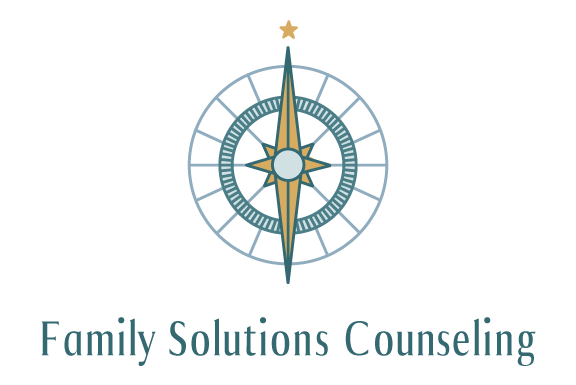We are in an age of information, an era defined by mass media with influences that are undeniable and far-reaching. Our connectivity is unprecedented and the access to content is never-ending. Each day we navigate through a landscape of media that demands our attention twenty four hours per day in a non-stop carousel of reporting. There are many benefits to having up-to-date news and real-time analysis, however this relentless cycle presents challenges.
Read MoreRecently, I was talking to one of my close friends about how it feels to overshare with someone. She said she did not know why she kept trusting certain people with so much information about herself. She would share something with an acquaintance, and then wonder why she regretted sharing it; it was her information. Then, she said, “I regretted it because I didn’t want to share it with them. I just wanted them to care about me, and sharing it [the information about herself] seemed like it would do that.” We are taught to share information about ourselves to connect with others.
Read MoreFeeling my emotions enables my ability to make wise choices and to turn what I once considered a burden, into a benefit. My willingness to feel enables new learning opportunities to better understand my system (body) and its functioning. What we avoid, we can’t learn from. I now have the ability to access my values at a deeper emotional level which allows me to identify how I want to respond (whether verbal or behavioral). I decreased my reactiveness regarding criticizing or complaining by recognizing and utilizing self-awareness.
Read MoreStop Paying Therapists isn’t about encouraging people to avoid or quit therapy. It’s more about encouraging clients to utilize their time in therapy by being more intentional about equipping the skills and tools taught in order to graduate from therapy. We shouldn’t start therapy without the goal of completing therapy. The time we spend in therapy varies. At times it could be as brief as one session and at other times therapy can last for years. Whether it is one session or years of sessions, neither is wrong unless both the therapist and client aren’t being intentional about utilizing the time spent to assist the client’s needs.
Read MoreVulnerability Exploitation: Twelve Typologies of Gaslighting Found in Committed Couple Relationships
At this juncture in our culture, most of us know the general concept of gaslighting. For those of you that are doubting your recollection, allow me to jog your memory. Gaslighting is phenomenon where one particular party (i.e., the gaslighter) mischievously attempts to cause another party (i.e., the discerning party), usually someone with whom they are intimately connected to some degree, to question or doubt their own sanity or perceptions of reality.
Read MoreIt’s that time of year again – the intense time after spring break and just before summer, where school testing is in full swing, meanwhile students and teachers are eagerly counting down the days until summer break. I’m hearing all about it from teachers, parents, and students, all of whom are reporting that this time of year is stressful and exhausting no matter your role.
Read MoreEating disorders have the second highest mortality rate of all mental health disorders, only surpassed by opioid addiction (1). Over 10,000 deaths each year are the direct result of eating disorders, that is one eating disorder death every 52 minutes (2). 81% of 10-year-old children are afraid of being fat, with 1 in 4 having attempted to lose weight (3). These alarming statistics are only just a few picked out to highlight the eating disorder epidemic.
Read MoreMy first response in learning that Merriam-Webster chose this word as their 2022 Word of the Year was “less than surprised.” I thought, “Hmmm. I can see that.” After all, it was constantly being used in media coverage of politics, but it has also been a phenomenon that many mental health professionals have focused on in their writings and media posts.
Read MoreTherapy can seem uncomfortable; You have a total stranger asking questions about your personal life and encouraging you to share information that you would rather keep private. What could be uncomfortable than therapy with one stranger? Some might say therapy with multiple strangers- aka group therapy. So why does group therapy exist?
Read MoreThe first time I heard about self-care, I laughed. I really thought it was a joke. Now, years later, I am so glad that my graduate program emphasized its importance and that the world at large has come to understand how crucial self-care is to our overall well-being. Ultimately, I define self-care as being able to say yes and no, to both ourselves and others, as we need to. While I like to think I was pretty good at self-care, 2020 put that to the test. Somehow I don’t think I’m alone in that.
Read More









